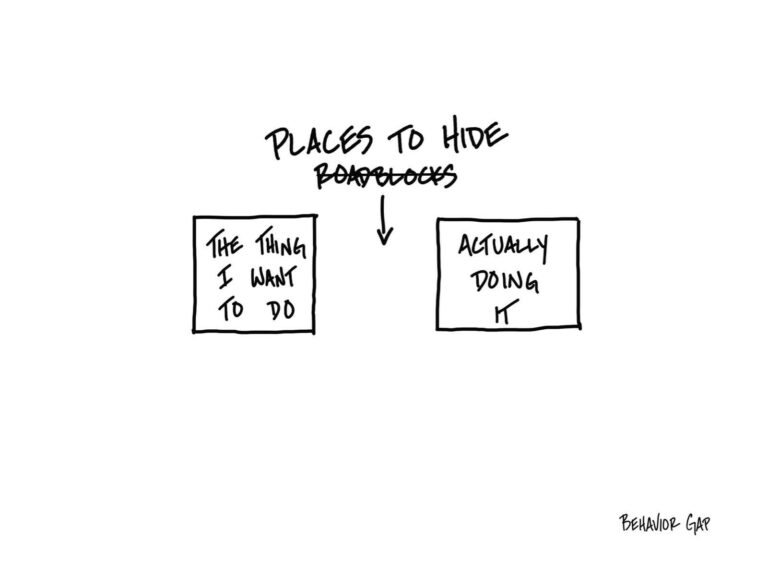
Fresh air, no bumper-to-bumper traffic and more affordable home prices. There’s plenty of appeal in regional living, including a chance to potentially reduce your home loan.
The classic tune ‘Home among the gum trees’ is fast becoming a lifestyle anthem for a growing number of Aussies.
A surging number of city-slickers are heading to the bush or bay, new Commonwealth Bank research shows.
In fact, metro to regional relocations are now 20% higher than pre-Covid.
It goes to show that regional towns and cities have a lot going for them.
So what’s the appeal?
Along with a laidback lifestyle and the chance to see Skippy on your way to work, rather than countless sets of traffic lights, a key drawcard of regional living is more affordable housing.
Where are people moving?
The Sunshine Coast in South East Queensland is currently the nation’s most popular destination for Australian movers, securing a 16% share of net internal migration over the past 12 months.
Other popular areas outside our nation’s capital cities include the Gold Coast, Wollongong, Newcastle, Lake Macquarie, Moorabool, Geelong, the Alexandrina region, the Fraser Coast and Launceston.
Western Australia is also becoming an increasingly attractive destination with Busselton, Capel, Greater Geraldton, Northam and Albany all making their way onto various hotspot lists this quarter.
Regional home values vs city prices
Across Australia’s capital cities, the median home value is about $864,780, according to CoreLogic.
By comparison, the median value across regional markets is $626,888.
That’s a whopping $237,892 difference.
The price gap can be far bigger depending on where you’re moving from and moving to.
In Sydney, for instance, the median house value is $1,441,957. Head to regional NSW, and you could pay closer to $760,000 for a house – a saving of around $680,000!
Regional living can help cut loan repayments
Buying a more affordable home can have other flow-on benefits, such as a lower stamp duty bill.
It can also have a huge impact on home loan repayments.
For example, let’s use the above figures and pretend you’re deciding between purchasing an $864,780 capital city home and a $626,888 regional area home.
To keep things simple, let’s say you’ve saved up $173,000 for a 20% deposit on the $864,780 home – and you’ve also got extra money set aside to cover any stamp duty expenses or other fees (the exact amount would vary state to state).
Let’s also assume a home loan rate of 6.4%, which the Reserve Bank of Australia says is about the current average principal and interest variable rate, and a 30-year loan term.
On this basis, the initial mortgage for the city home would be about $692,000 and the monthly mortgage repayments on the city home would come to around $4,329 each each month.
For the regional property, your initial mortgage would be about $454,000 (assuming you put the full $173,000 towards the deposit) with monthly repayments in the order of $2,840.
That’s a monthly saving of $1,489 by moving to a regional area – extra money to spend on your home, yourself or your lifestyle.
What about capital growth?
No one can say with certainty how property values will perform in the future.
What we can do however is look at how house prices have performed across regional areas in recent years.
CoreLogic says values in regional areas have jumped 51.1% ($212,000) nationally since March 2020, compared to an average of 31.5% ($207,000) across our state capitals.
So in terms of dollar values, the capital gains across both markets have been fairly similar in recent years.
Ready for your home among the gum trees?
Okay, regional living isn’t for everyone.
Even for committed fans, moving from a capital city to a regional area calls for careful planning and research.
But if you’re hankering for a home with a more manageable mortgage, give us a call today to connect you with the right person to discuss loan options that could help you get that tree or sea change happening sooner.
Disclaimer: The content of this article is general in nature and is presented for informative purposes. It is not intended to constitute tax or financial advice, whether general or personal nor is it intended to imply any recommendation or opinion about a financial product. It does not take into consideration your personal situation and may not be relevant to circumstances. Before taking any action, consider your own particular circumstances and seek professional advice. This content is protected by copyright laws and various other intellectual property laws. It is not to be modified, reproduced or republished without prior written consent.


